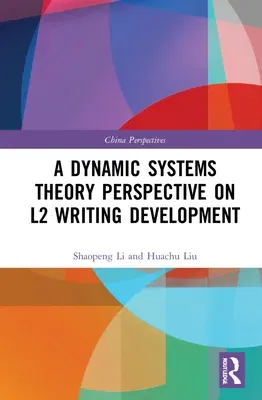Shaopeng Li
(Author)A Dynamic Systems Theory Perspective on L2 Writing DevelopmentHardcover, 24 March 2022

Qty
1
Turbo
Ships in 2 - 3 days
Only 3 left
Free Delivery
Cash on Delivery
15 Days
Free Returns
Secure Checkout

Part of Series
China Perspectives
Print Length
194 pages
Language
English
Publisher
Routledge
Date Published
24 Mar 2022
ISBN-10
1032226641
ISBN-13
9781032226644
Description
Product Details
Author:
Book Format:
Hardcover
Country of Origin:
US
Date Published:
24 March 2022
Dimensions:
23.39 x
15.6 x
1.27 cm
ISBN-10:
1032226641
ISBN-13:
9781032226644
Language:
English
Location:
Oxford
Pages:
194
Publisher:
Series:
Weight:
467.2 gm